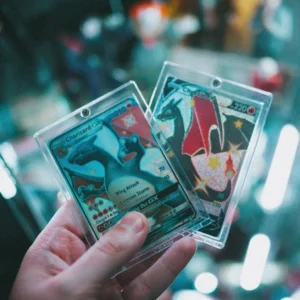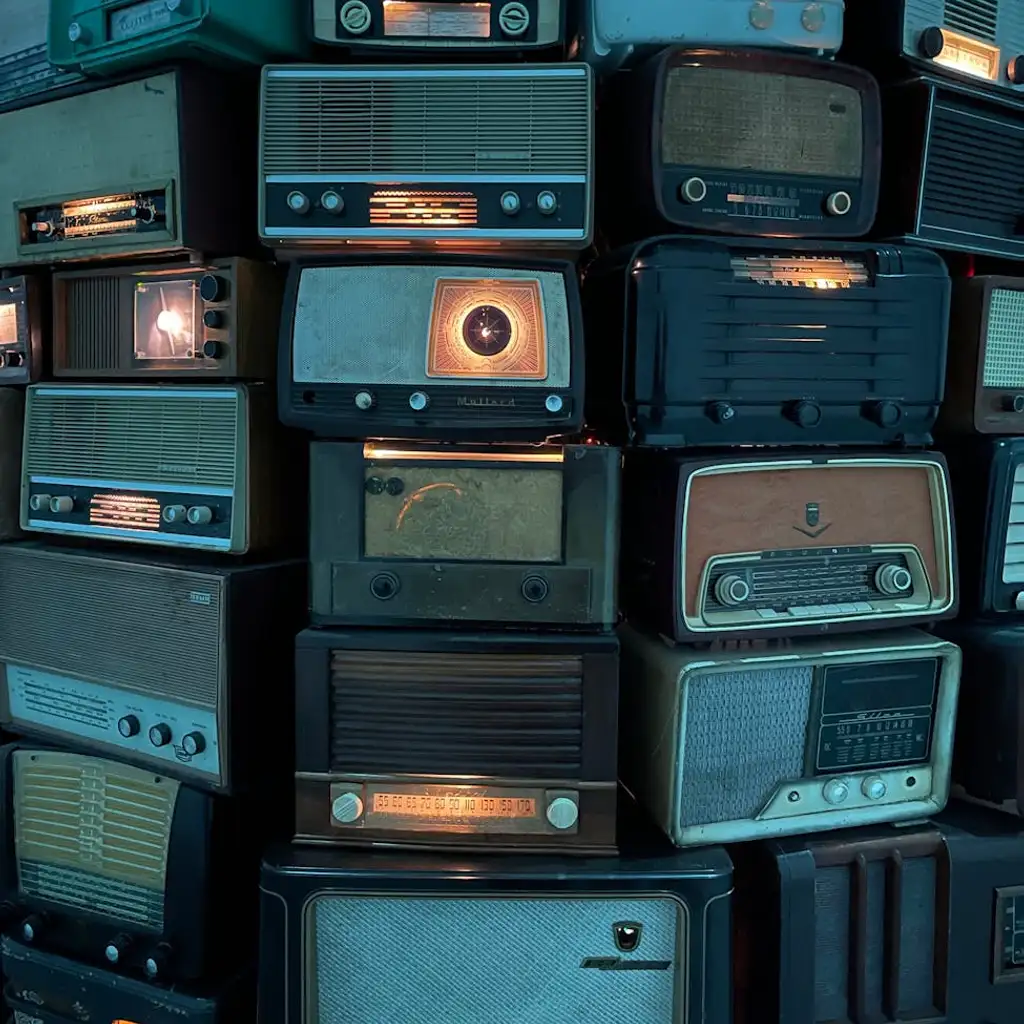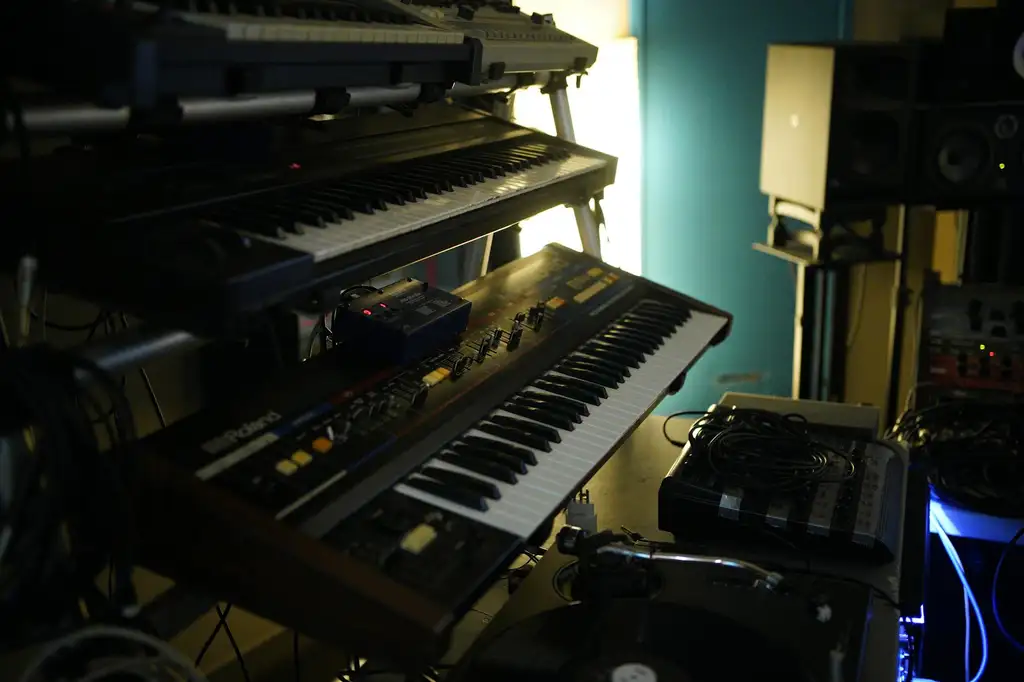Sports collectibles, particularly trading cards, are immensely popular, with 98% of sports collectors having collected cards at some point. High-profile athletes like Michael Jordan, Eli Manning, Mickey Mantle, and Tom Brady are favorites among collectors, along with iconic teams such as the New York Yankees and Chicago Bulls. Autographed memorabilia, while desirable, often requires certification to confirm authenticity.
As the market grows, spurred by both nostalgia and a search for alternative investments, sports memorabilia has continued to thrive—even during the pandemic. Auction platforms like Golden Auctions, Heritage Auctions, and eBay have made it easier than ever for collectors to buy certified and graded items, from trading cards to game-worn jerseys.
For those considering collectibles as an investment, knowing key players, popular teams, and reputable auction sites is crucial. As long as sports remain an integral part of culture, the sports memorabilia market shows no signs of slowing.








